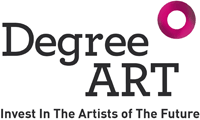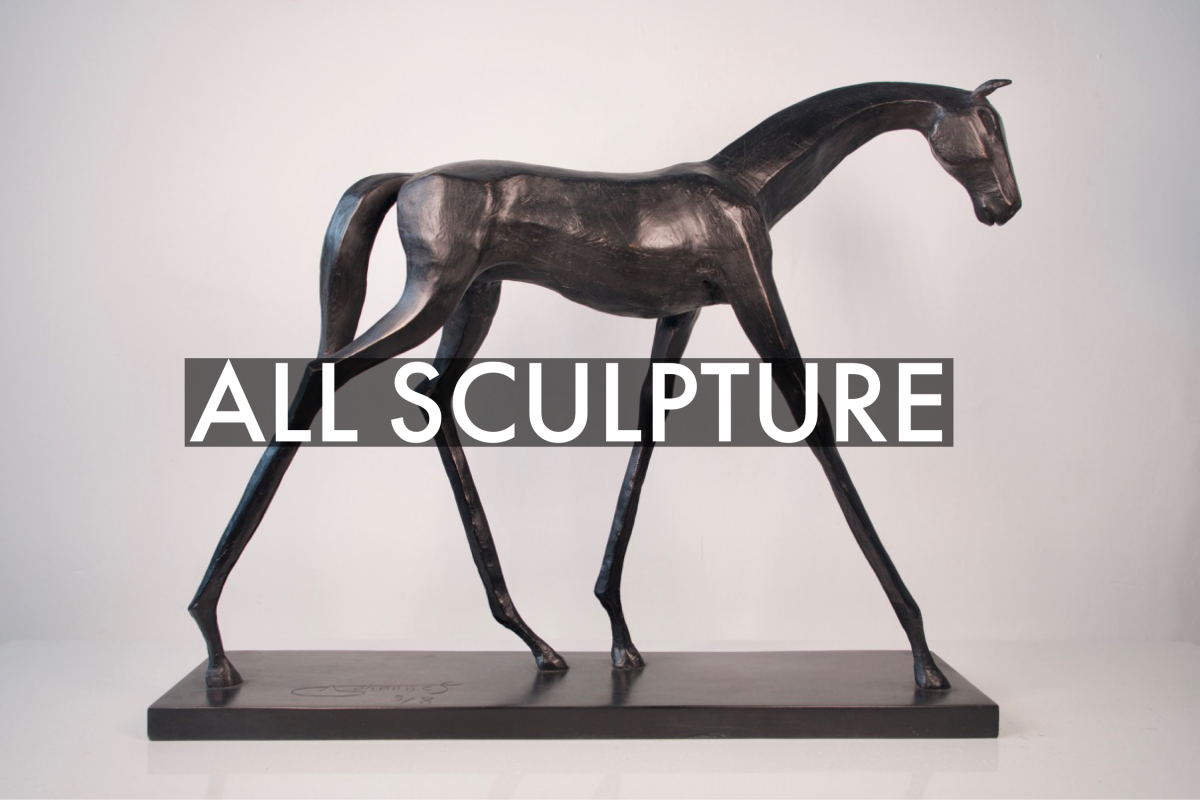How Do You Incorporate Sustainability In Your Artistic Practice? What Challenges Have You Encountered When Creating Sustainable Art?
Through my choice of materials - ink, paper, and wooden substrates - I have researched and attempted to find the most environmentally safe materials to avoid the use of harsh chemicals and microplastics.
My inks reflect the traditional methods of ink production in China, and the paper I use is sustainably sourced. For my panels, I collaborate with Artists Surfaces to ensure they are both museum quality and sustainable.
My goal is to work towards a zero-waste studio. Any surplus paper is repurposed as waste paper to mop up spills, mask areas, table covers, and at the end of its use, it’s recycled into briquets to burn in the fire.
Old paintings are recycled and repurposed into new artwork, taking form as sculptures or collaged in the wreath series.
Working with resin presents a challenge. While it lends an aesthetic quality to my work, having sustainable principles in most aspects of my practice to then slather the top with a heavy plastic was too much of a compromised principle.
I hope to be part of a shift towards art that will last, beyond a collectors lifetime. To not view it through the contemporary lens of disposable culture and acquiring stuff now. The world has enough stuff. Buy art once and leave it as a legacy.
What Inspired You To Explore Sustainable Practices Or Environmental Images In Your Work?
It was a bit of home science and a chance meeting with an industrial chemist. I had started to observe the qualities and behaviours of the inks I was using and I soon discovered that all black inks are not the same and indeed often not black. Through kitchen top chromatography they also would behave differently when applied to various surfaces, be it paper or gesso. Some were absorbed, some followed capillary reactions, and others merely sat on the surface, leaving cracks or shiny domes as they dried.
Whilst on an adventure chasing the northern lights, aboard a Norwegian Postal boat, I met a fellow traveller who happened to be a colour chemist. He was part of the team that kept toothpaste stripes separate and the green and brown chocolate apart in an Aero. Our conversation led to a better understanding of the behaviours of the inks I was observing, which was influenced by particle size, binding agents, and fillers. It appeared that for some inks, the use of acrylic binders and micro plastics, plus a large sized particle of pigment, resulted in less pigment spreading further. However, the combined ink, binder, and bulker solution was too large to be soaked into the porous paper or gesso leaving it to puddle on the surface.
I was deeply attracted to the inks that soaked and bled into the structure of the ground becoming more than a surface image. Like a tattoo or the cave paintings in South Africa or southern France where the pigments over time have leached and bonded with the rock structure. The technology of these cave paintings and the mix of pigment, carrier and binder are not that dissimilar to the inks that I chose to continue to work with—Traditional Chinese calligraphic and painting inks.
I was excited to be a part of an ancient lineage of artists and contemporaries that lived in greater harmony with nature. I try to honour this legacy both as an artist and as a human being.
Around the same time, my life and practice was repositioning itself out towards Kent. I was connecting much more with nature, getting my hands dirty in the garden, walking the dog. My husband and I made a conscious decision to tread lightly upon the earth and leave a natural, lasting legacy. We strive to make a forward contribution, long past our lives so we may work towards balancing the books of our consumption. We have developed a large wildlife pond, planted new hedgerows to provide habitats and wildlife corridors between land and planted 500 trees, including British oaks and local varieties, to create a new woodland.

[Chimera] + [Fraternal Twins]
What Does It Mean To You To Be A Part Of ‘Nature’s Imprint: A Journey Through Time and Art’?
Excited! I have focussed in the past on the narrative of my process—mindfulness and painting as active meditations. However, the importance of my personal story behind why I make the art that I do and all of the choices I make has come more to the fore.
The materials and processes are intrinsic to my life values. As I have said, it is deeply moving to feel a part of long continuum of artist that have used similar materials to explore their sense of self, connections, purpose and the universe. I am proud to offer my contribution alongside my brothers and sisters; cave painters, monks, artisans, calligraphers.
In Your Opinion, What Role Does Art Play In Addressing Environmental Issues?
I am familiar with art projects, in which artists and communities have made work with waste materials or pollution.
I can think of a number of plastic waste whales at coastal towns that highlight the negative impact on the environment and wild life. And designers who repurpose and recycle materials whit their studio product lines. Or artists where it is the subject of their work. I am less familiar with the conversation where artists are consciously creating with sustainable materials and processes—using their creativity and kindness together to create beautiful sustainable works.
All has great value in shining the light of others’ awareness on the issues. Art, show and awe tactics or ethical sustainable branding can only help.
What Do You Hope Viewers Take Away From Your Art?
To enjoy the work. To be inquisitive about what they are seeing, To understand that this was not the original intention for the work. It has become something other! Something of aesthetic interest, beauty and commentary. Be a part of a conversation about 'buy once' art as legacy, not as landfill. Invest in the work that will live with you and beyond.









